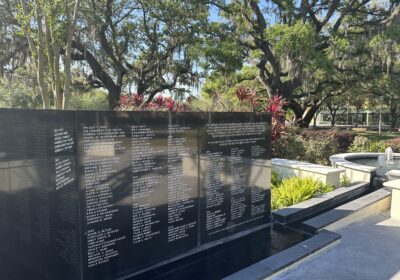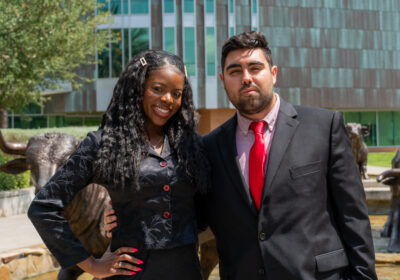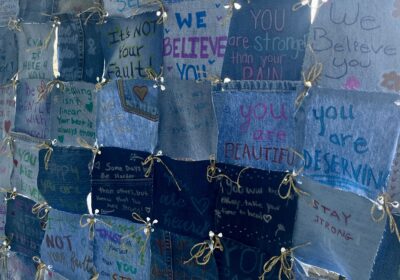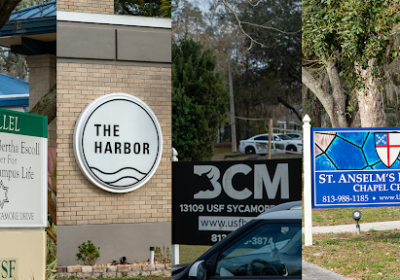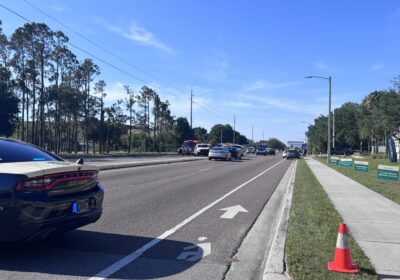Smoke free campus?

As of January 2016, USF was deemed a smoke and tobacco free university, but policing the ban has proved difficult. ORACLE PHOTO/ JACKIE BENITEZ
There are a couple of benches, a few dumpsters and some patchy grass alongside the library when walking toward Cooper Hall from the main entrance.
Often times, a handful of students will group together there, take out a pack and light a cigarette, right in front of the “Smoke and Tobacco Free Campus” signs that went up just over a year ago.
Those who attended USF before January of 2016 remember the side of the library as a designated smoking area, a title the location lost once USF instituted a smoke and tobacco free policy at the beginning of the year.
Since its implementation, students can still be seen smoking in various locations on campus. The effectiveness of the policy, described so far as purely anecdotal to Rita DeBate , assistant vice president of Wellness at USF, hasn’t been easy to pin down.
“We don’t know,” she said.
In order to evaluate the smoking ban, DeBate said the university will be rolling out an online survey to students, faculty and staff within the next two weeks meant to gauge awareness, opinions and effectiveness.
The survey will include questions about students’ attitudes towards the policy, whether students have seen people smoking on campus and whether they’ve done anything about it.
“We really want to get a large participation because we would like to be able to answer the question (of) has this policy been working,” DeBate said.
DeBate said a team will use a geographical information system (GIS) analysis of campus in order to map out signage making students aware of the policy and to identify “hotspots” where students are still smoking on campus. These locations will be evaluated for ways to change their built environment or increase signage to deter smoking.
“It’ll be able for us to see what’s going on and how we can change the environment to make people more aware of the policy, but also to … change the built environment to decrease the feasibility for people to continue smoking on campus,” DeBate said.
Since the smoking ban’s implementation, its peer enforcement aspect has raised eyebrows among the student body. DeBate said she is interested to see how students interpret peer enforcement and find out whether or not they’ve been actively doing it. For DeBate, peer enforcement is making smokers aware of the policy and asking them to put out their cigarette.
“We’re hoping to find out, from the survey, if people have seen people smoking and they have not ‘done anything,’ we are also going to ask them why,” she said. “Did they not know what to say to the person? Did they not feel it was their responsibility?
“So, I think we’re going to get a little more idea of what the community thinks peer enforcement means and … if we find out that people are not sure of what peer enforcement means, maybe that’s the education that we need to do.”
The policy, which bans smoking and tobacco use on all USF property, was originally put in place to protect students, faculty and staff from secondhand smoke and to reduce the pollution caused by the abundance of discarded cigarettes, DeBate said. There is currently no plan in place to change the policy.
“The survey will help us, at least give us the data, the evidence that we need for next steps,” she said.
In addition to the survey, DeBate said there are plans to add an incident report form to the website created for the ban: usf.edu/TobaccoFree. Currently, visitors to the website can find a copy of the policy, some frequently asked questions, information on quitting and information on how to report repeat offenders of the policy. The addition of this form will likely come after the survey results are in, DeBate said.

